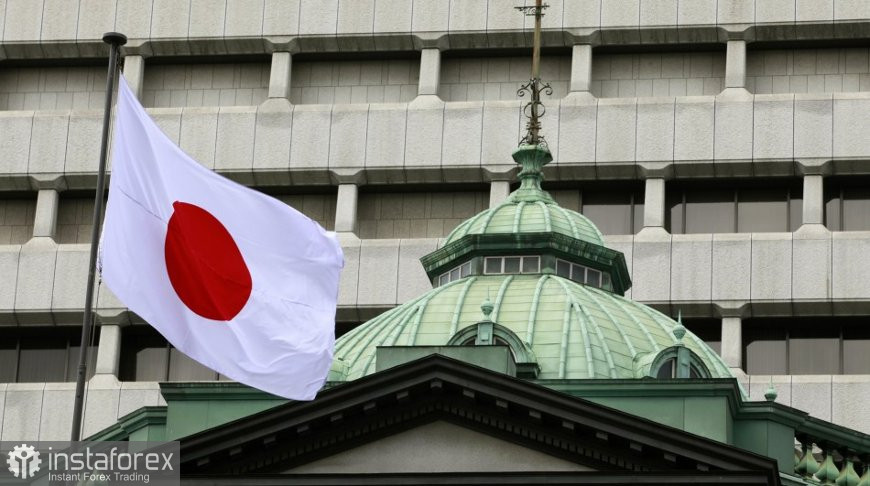The Japanese yen continues to lose ground against the U.S. dollar, having already reached an eight-month low. During her speech today, Finance Minister Satsuki Katayama stated that the Japanese government is closely monitoring the yen's exchange rate, issuing its first clear warning about currency fluctuations since she took office.

"Recently, we have seen very one-sided and rapid movements in exchange rates," Katayama told reporters on Friday. "The government is closely watching for excessive or disorderly movements in the currency market, including those driven by speculative actions, and considers this extremely important," she said.
She added that it is important for currencies to move in a stable manner, reflecting fundamental economic indicators. Following Katayama's warning, the yen strengthened to 153.65 per dollar, after earlier in the morning touching 154.17.
The yen's weakness—fueled by the divergence in monetary policy between the Bank of Japan (BOJ) and the U.S. Federal Reserve—has become a serious concern in Tokyo. While the Fed is cutting interest rates, this has had little impact on the dollar's strength against the yen. The Bank of Japan has remained steadfast in its cautious stance, seeking to stimulate domestic demand, but this approach has done little to support the yen.
Katayama's statement indicates that the Japanese government is prepared to take measures to stabilize the yen's exchange rate if its continued decline threatens the economy. Possible actions include currency market intervention, changes to monetary policy, or coordinated measures with other countries. However, the effectiveness of such actions remains uncertain given the global factors influencing exchange rates.
As noted above, Katayama's comments came after the yen fell to its eight-month low. This occurred after the Bank of Japan on Thursday left interest rates unchanged. Although Governor Kazuo Ueda hinted at the possibility of an upcoming rate hike during his post-meeting press conference, markets appeared unconvinced, leading to further yen weakness.
Investors were also looking for signs of broader support for a rate hike among BOJ board members, but only Naoki Tamura and Hajime Takata voted against keeping rates unchanged—just as they did at the previous meeting.
Katayama described the BOJ's decision to maintain its policy stance as "extremely reasonable," given current economic conditions. She noted that recent currency fluctuations partly reflect how markets interpret the Bank of Japan's policy position.
It is clear that if the BOJ continues to hold its course, the yen could weaken further—raising the likelihood that the Ministry of Finance will eventually have to intervene in the currency markets. Most observers expect that before taking action, Katayama will likely issue sharper verbal warnings.
Regarding the current USD/JPY technical outlook, buyers need to reclaim the nearest resistance at 154.30. Doing so would allow a move toward 154.77, though breaking above that level will be quite challenging. The furthest target lies around 155.25. In the event of a decline, bears will attempt to regain control at 153.80. If successful, a break below this range would deal a serious blow to the bulls' positions and push USD/JPY down to 153.45, with the potential to reach 153.10.





















